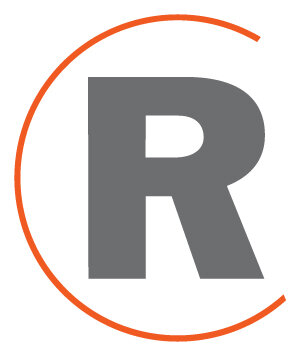ROSENTHAL REPORTS
CAN TAXES HELP COMBAT THE OPIOID EPIDEMIC? NEW YORK STATE INTENDS TO FIND OUT
New York State is addressing the opioid epidemic with a first of its kind opioid tax on manufacturers and distributors of prescription opioids, as well as a tax credit for businesses that employ drug users who are either in recovery or have completed treatment. The measures were enacted in the most recent budget to raise additional funding for treatment programs, and encourage more people to enter treatment, and could also serve as a model for other states at a time when substantial federal funding is lacking.
Taxing the opioid makers and distributors that are largely responsible for this crisis is the right thing to do, and could yield up to $100 million annually for anti-drug programs. However, because budget language stipulates this money is “intended” for drug treatment programs, there’s no guarantee opioid tax revenues will actually be used to help those struggling with addiction and opioid abuse. Instead, the revenues go into the state’s general fund, which legislators will haggle over how to spend at a later date. The likely result is allocation of only a portion of the $100 million to anti-drug programs through the state Office of Alcoholism and Substance Abuse (OASAS).
With neither Governor Cuomo nor state legislators able to do anything about this now, we are stuck in the frustrating position of having no assurance the revenue being generated specifically for drug services will ultimately reach the people most in need. This is especially disturbing when considering that more than 4,100 New York State residents died from drug overdose in 2017, up from 3,638 in 2016. The Rosenthal Center urges the political leadership in Albany to close this loophole in the budget’s language to ensure opioid tax revenue is eventually allocated solely to drug treatment.
The second budget measure – a $2,000 employer tax credit for each new or existing employee in a state-certified recovery program - is a winner. For substance abusers, the promise of a real job is a powerful incentive and an attainable goal to strive for while getting off drugs. The tax credit is particularly important for smaller firms, including many in upstate regions hit hard by the opioid crisis that have trouble finding drug-free workers. Backed by an initial $2 million in state funding, this initiative will certainly gain a foothold across New York – as it is a win-win for companies, communities and individuals who are determined to rebuild their lives and stay clean.
This program is similar to a successful one I helped design for Belden, an international manufacturing company. Known as Pathways to Employment, it was also structured around such addiction-care best practices as early detection and evaluation, free treatment, social support and incentives – including a job that can lead to stability.
At this early stage, New York’s tax reforms might seem like just a footnote to bigger efforts underway to fight the opioid epidemic and reduce overdose fatalities. But if adopted on a wider scale, including by the federal government, the results would likely have an extraordinary impact. Although these taxes alone won’t end the opioid epidemic, they will help plug gaps in funding due to insufficient federal allocations, expand treatment options and enable more people to enter treatment as part of a comprehensive anti-drug strategy.

